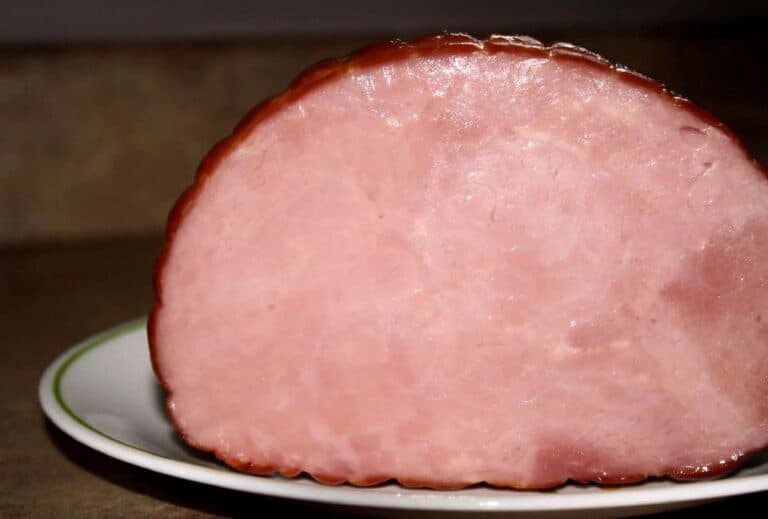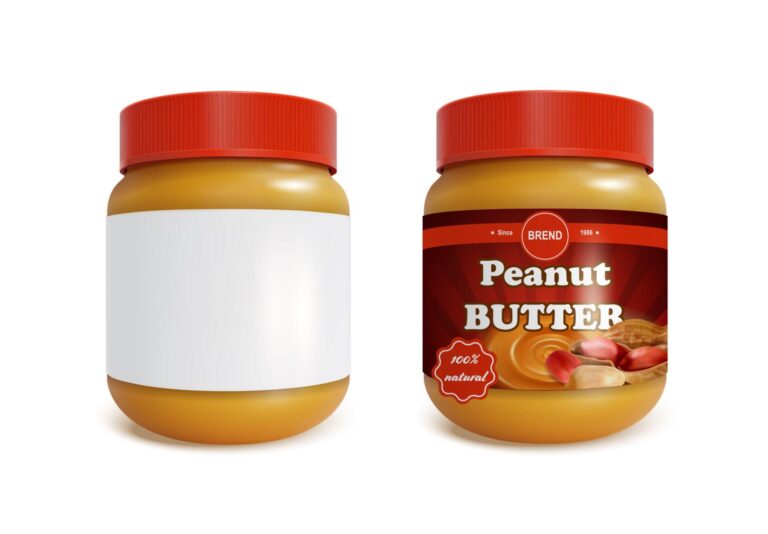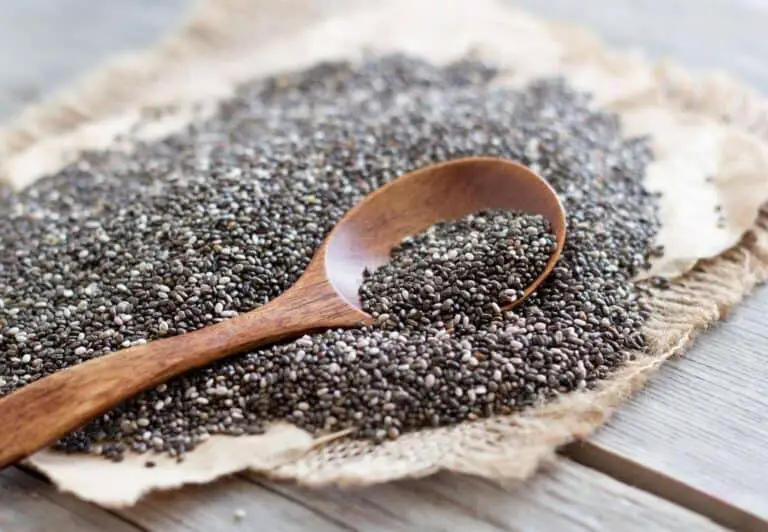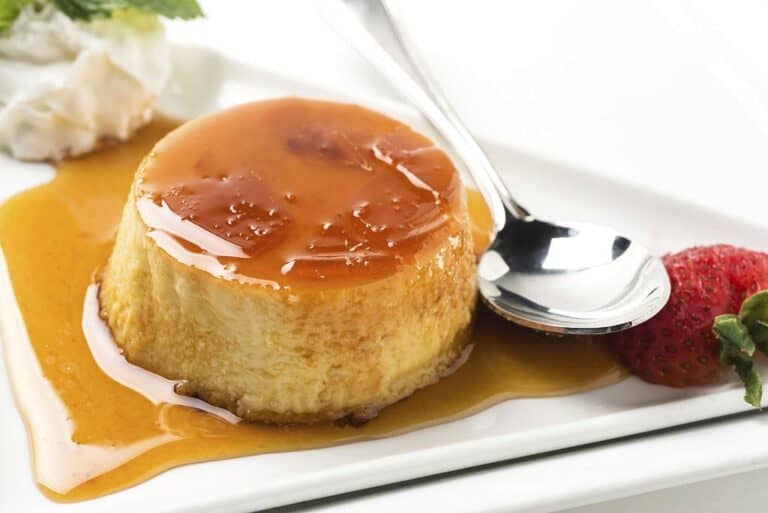Why Are My Brussel Sprouts Mushy and Not Crispy? Say Goodbye to Soggy Sprouts
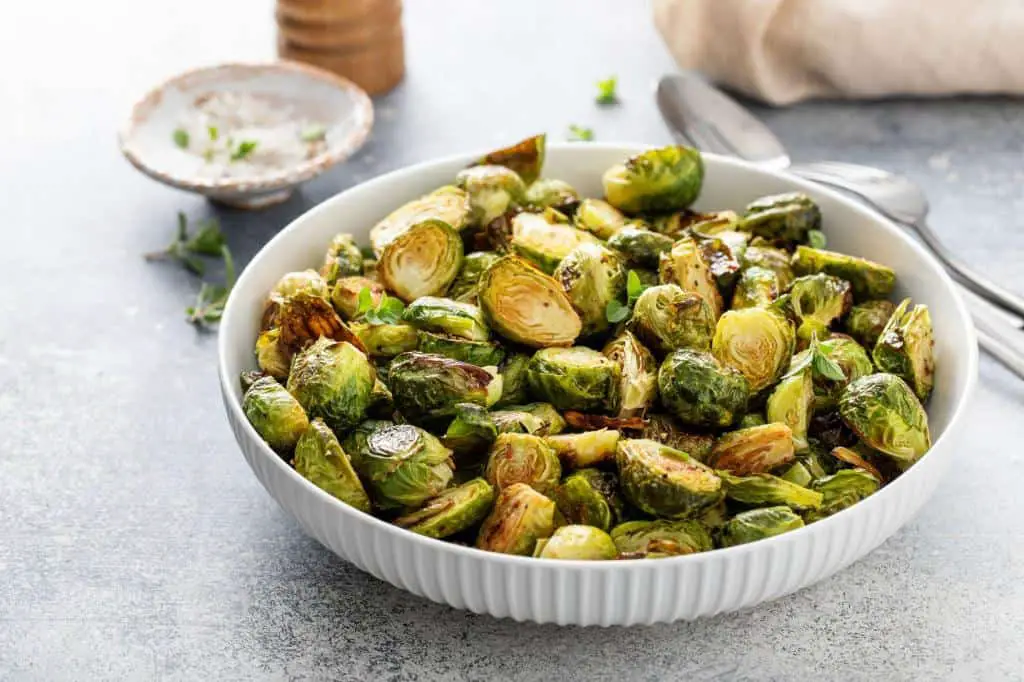
Have you ever eagerly anticipated biting into a plate of Brussels sprouts, only to be met with disappointment as you find them mushy and lacking that delightful crunch? We’ve all been there. But fear not, because we’re here to solve the mystery behind those soggy sprouts and equip you with the knowledge to bid them farewell once and for all.
In this article, we’ll unravel the reasons why your Brussels sprouts often end up mushy instead of crispy. From overcooking to insufficient oil, we’ll delve into the common mistakes that can sabotage your quest for that perfect texture. But that’s not all.
We won’t leave you hanging with just the problem; we’ll provide you with practical tips and techniques to achieve those coveted crispy Brussels sprouts that will have you coming back for more.
So, prepare to embark on a journey of culinary exploration as we uncover the secrets to transforming your Brussels sprouts from lackluster to lusciously crispy. Say goodbye to soggy sprouts and get ready to impress your taste buds with the satisfying crunch you’ve been longing for.
Understanding the Science Behind Brussels Sprouts Texture
To truly appreciate the texture of Brussels sprouts, we must delve into the fascinating world of their composition and structure. These miniature cabbage-like vegetables possess a unique texture that can vary depending on factors such as their age, cooking methods, and individual preferences.
Brussels sprouts are made up of tightly packed leaves that form a compact head, similar to their larger relative, the cabbage. The texture of Brussels sprouts can be described as crisp, yet tender, with a slight bite. Achieving the desired texture involves finding the delicate balance between maintaining their firmness while ensuring they are cooked through.
Cooking methods play a significant role in determining the texture of Brussels sprouts. Steaming or blanching Brussels sprouts can help retain their crispness, leaving them tender yet with a slight crunch. On the other hand, roasting or sautéing at higher temperatures can impart a caramelized exterior and a softer, more melt-in-your-mouth texture.
During the cooking process, various chemical reactions take place in Brussels sprouts that affect their texture. For example, the Maillard reaction occurs when heat is applied to the sprouts, resulting in browning and the development of complex flavors. Understanding these reactions can help us achieve the desired crispiness.
Table: Factors Influencing the Texture of Brussels Sprouts
| Factors | Influence on Texture |
| Age of Brussels Sprouts | Younger sprouts tend to be more tender and have a milder bite |
| Cooking Methods | Different techniques yield varied textures |
| Personal Preferences | Individual tastes and preferences can impact desired texture |
Why Are My Brussels Sprouts Mushy and Not Crispy?
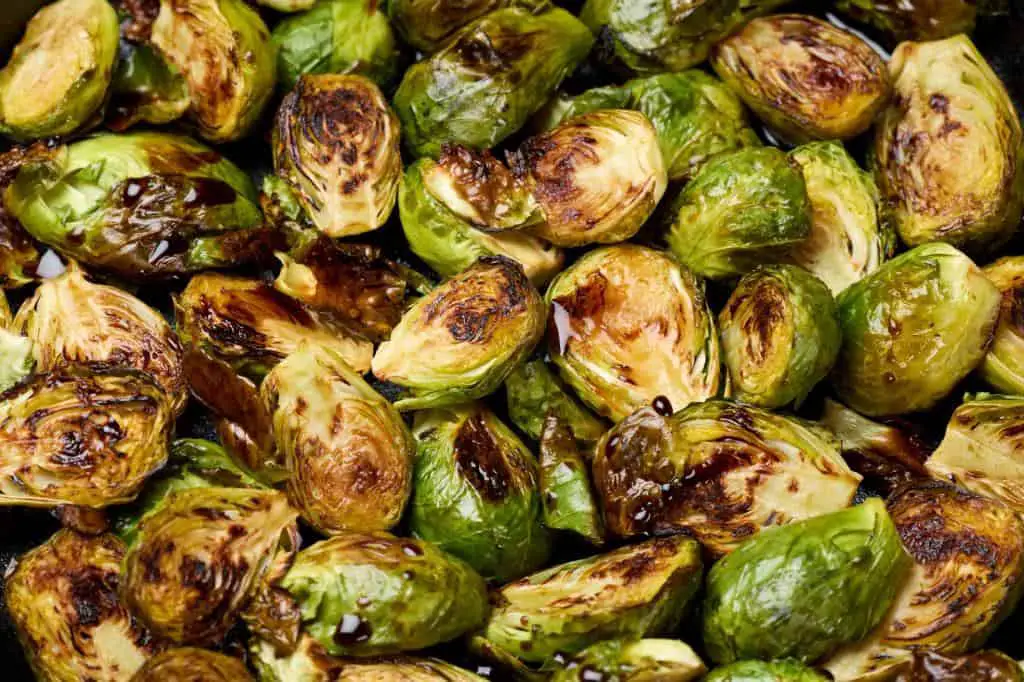
The texture of Brussels sprouts can make or break a dish. When they’re cooked to perfection, they offer a satisfying contrast of tender leaves and a delightful crunch. However, factors like cooking time, temperature, and technique can lead to mushy results that leave you longing for that crispness.
Below are some factors that contribute to why Brussels sprouts are mushy and not crispy:
1. Overcooking
One of the most common culprits behind mushy Brussels sprouts is overcooking. Brussels sprouts are delicate vegetables that require just the right amount of cooking time to maintain their texture.
If they are cooked for too long, they can become soft and lose their crispness. To avoid this, it is crucial to keep an eye on your Brussels sprouts while cooking and remove them from the heat when they are still slightly firm to the touch. This will ensure that they retain their natural crunchiness.
2. Insufficient Oil
Another factor that can contribute to mushy Brussels sprouts is insufficient oil. Oil plays a crucial role in creating that desirable crispy texture. When Brussels sprouts are coated evenly in oil, it helps to crisp up the outer layers during cooking.
If you use too little oil, the sprouts may not get the necessary crispness and instead become mushy. Ensure that you coat your Brussels sprouts generously with oil before cooking to achieve that delightful crunch.
3. Crowding the Pan
Overcrowding the pan is a common mistake that can lead to mushiness. If you place too many sprouts in a single layer, they will end up steaming rather than roasting. This excess moisture can result in soft, soggy Brussels sprouts.
To avoid this, give your sprouts some space to breathe. Arrange them in a single layer on a baking sheet or pan, allowing sufficient room between each sprout. This will promote proper air circulation and enable them to roast evenly, achieving that coveted crispy exterior.
4. Lack of Preheating
Preheating your cooking surface is an essential step to achieving crispy Brussels sprouts. Whether you’re roasting them in the oven or sautéing them on the stovetop, a hot surface is crucial for obtaining that satisfying crunch.
Without preheating, Brussels sprouts can end up absorbing oil rather than quickly searing, resulting in a mushy texture. Make sure to preheat your oven or pan adequately before adding the Brussels sprouts. This will help to create a crisp outer layer while maintaining a tender interior.
5. Freshness and Quality
The freshness and quality of your Brussels sprouts can also affect their texture when cooked. If you’re starting with Brussels sprouts that are not at their best, they may turn out mushy regardless of your cooking techniques. When shopping for Brussels sprouts, look for firm, compact sprouts with vibrant green leaves. Avoid those with yellowing or wilting leaves, as they may already be past their prime. Fresh Brussels sprouts are more likely to retain their crispness, so choose wisely to achieve the best results.
6. Seasoning and Flavorings
While seasonings and flavorings do not directly impact the crispiness of Brussels sprouts, how to season Brussels sprouts can greatly enhance the overall taste and texture. Adding complementary ingredients such as garlic, lemon zest, or parmesan cheese can elevate the flavor profile of your Brussels sprouts and make them more enjoyable to eat.
Take note that certain seasonings or sauces containing high levels of moisture can contribute to mushiness if used excessively. Be mindful of the amount of liquid-based seasonings you add to your Brussels sprouts, as they can hinder the crisping process. It’s best to use dry seasonings or sprinkle them sparingly to avoid introducing excess moisture.
7. Cooking Methods
The cooking method you choose can also affect the texture of your Brussels sprouts. While roasting is a popular method for achieving crispiness, other cooking techniques can be equally effective. For instance, pan-searing or sautéing Brussels sprouts on high heat can create a delightful crunch.
The key is to ensure that the cooking temperature is sufficiently high to facilitate browning and caramelization without overcooking. Experiment with how to cook Brussels sprouts for better taste. Try different cooking methods to find the one that suits your taste preferences and yields the desired crispy texture.
8. Size and Uniformity
Believe it or not, the size and uniformity of your Brussels sprouts can impact their texture when cooked. If you have a mixture of Brussels sprouts of different sizes, they may not cook evenly, resulting in some sprouts being overcooked and mushy while others remain undercooked and crunchy.
To avoid this, try to select Brussels sprouts that are similar in size. If you have varying sizes, you can cut the larger ones in half to ensure uniform cooking. This way, you’ll have a consistent texture throughout your dish.
9. Proper Preparation
Properly preparing your Brussels sprouts before cooking is essential for achieving the desired texture. Start by rinsing the sprouts under cold water to remove any dirt or debris. Trim the ends and remove any loose or damaged outer leaves. If the sprouts are particularly large, consider halving or quartering them for more even cooking. By taking the time to prepare your Brussels sprouts adequately, you’ll set the stage for a crispy and delicious outcome.
Roasting Brussels Sprouts to Perfection
Roasting Brussels sprouts is an excellent way to achieve a crispy exterior while maintaining a tender center. Follow these steps for perfectly roasted sprouts:
- Preparing the Sprouts for Roasting: Preheat your oven to 425°F (220°C). Rinse and trim the sprouts, as mentioned earlier. Cut any larger sprouts in half for even cooking.
- Seasoning and Oil Choices: Place the sprouts in a large bowl and drizzle with olive oil, ensuring all the sprouts are coated. Add your preferred seasonings, such as salt, pepper, and any additional spices or herbs. Toss well to evenly distribute the flavors.
- Roasting Temperature and Time: Spread the sprouts in a single layer on a baking sheet. Roast them in the preheated oven for about 25-30 minutes, or until they turn golden brown and crispy. Flip the sprouts halfway through to ensure even browning.
- Techniques to Enhance Crispiness: For extra crispiness, increase the oven temperature or broil the sprouts for a couple of minutes at the end of the cooking time. This will give them a delightful char and crunch.
Sautéing Brussels Sprouts for a Crispy Finish
Sautéing Brussels sprouts is a quick and versatile cooking method that can yield deliciously crispy results. Follow these steps for perfectly sautéed sprouts:
- Preparing the Sprouts for Sautéing: Rinse and trim the sprouts, then cut them in half or slice them thinly. This will help them cook more evenly and develop a crispy texture.
- Choosing the Right Pan and Oil: Use a wide skillet or frying pan to ensure enough space for the sprouts to brown without overcrowding. Heat a drizzle of oil over medium-high heat. Olive oil, butter, or a combination of both work well for sautéing Brussels sprouts.
- Sautéing Techniques for Crispy Results: Add the sprouts to the hot pan, ensuring they are in a single layer. Let them cook undisturbed for a few minutes to allow browning to occur. Stir occasionally to prevent sticking and promote even cooking. Sauté for about 8-10 minutes or until the sprouts are tender-crisp and caramelized.
- Seasoning and Flavor Variations: Season the sprouts with salt, pepper, and your desired spices or herbs while sautéing. Consider adding minced garlic, red pepper flakes, or balsamic vinegar for additional flavor profiles.
Experiment with different sautéing techniques, such as adding a splash of broth or finishing with a squeeze of lemon juice, to elevate the taste and texture of your Brussels sprouts.
By following these tips and techniques, you can bid farewell to mushy Brussels sprouts and welcome crispy, flavorful ones to your plate. Remember to adapt the cooking methods, seasonings, and flavorings to suit your personal preferences. So, go ahead and enjoy the delightful crunch and taste of perfectly cooked Brussels sprouts!
Conclusion
There’s nothing quite like biting into a perfectly crispy Brussels sprout, and now you have a better understanding of how to achieve that texture. Avoiding overcooking, using sufficient oil, giving them space to roast, preheating your cooking surface, selecting fresh Brussels sprouts, and experimenting with different cooking methods are all key factors in attaining crispy Brussels sprouts.
Remember to pay attention to the size and uniformity of your sprouts, properly prepare them, and add flavorful seasonings without introducing excess moisture. With these tips in mind, you’ll be well on your way to enjoying a plate of deliciously crispy Brussels sprouts every time you cook them. Happy cooking!
FAQs
Can I salvage overcooked Brussels sprouts?
Yes, you can salvage overcooked Brussels sprouts by incorporating them into other dishes. Chop them and add them to salads, stir-fries, or pasta dishes to make use of their flavor while disguising their texture.
Are mushy Brussels sprouts safe to eat?
Yes, mushy Brussels sprouts are safe to eat. While they may not have the desired texture, they are still edible. However, it’s best to try to salvage them or repurpose them in other dishes to make the most of their flavor.
Can I reheat leftover crispy Brussels sprouts?
Yes, you can reheat leftover crispy Brussels sprouts. Place them in a preheated oven at 350°F (175°C) for a few minutes until they are heated through. This will help retain their crispiness better than microwaving them.
What is the best way to store Brussels sprouts to maintain their texture?
To maintain the texture of Brussels sprouts, store Brussels sprouts in a sealed container or a plastic bag in the refrigerator. Ensure they are dry before storing to prevent excess moisture. Use them within a few days for the best texture and flavor.
Can I achieve crispiness with low-fat cooking methods?
While high-fat cooking methods like roasting and frying tend to result in crispier Brussels sprouts, you can still achieve some level of crispiness with low-fat methods like sautéing and grilling. The key is to ensure proper heat, seasoning, and cooking times to promote browning and caramelization.
How can I tell if Brussels sprouts are fresh before cooking?
Look for Brussels sprouts that are firm, bright green, and tightly closed. Avoid sprouts with yellowed or wilted leaves, as they may indicate age or spoilage. A fresh Brussels sprout should feel dense and heavy in your hand.
Are there any health benefits associated with Brussels sprouts?
Absolutely! Brussels sprouts are packed with essential nutrients, including vitamins C and K, fiber, and antioxidants.


